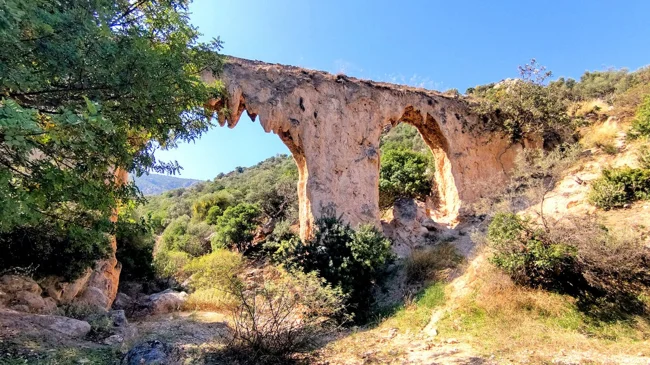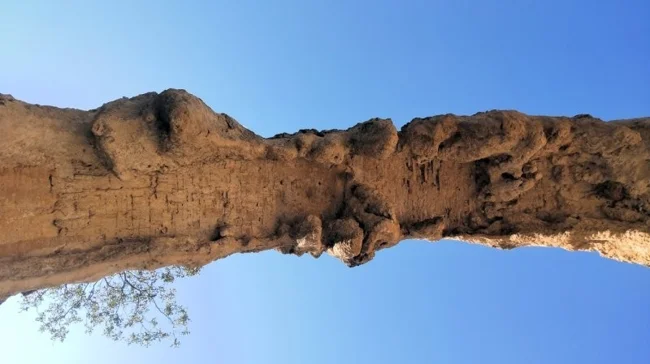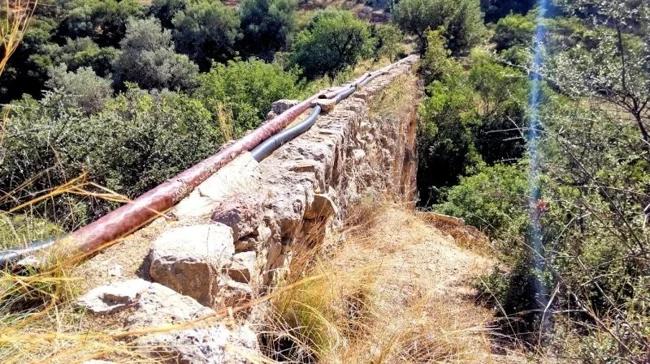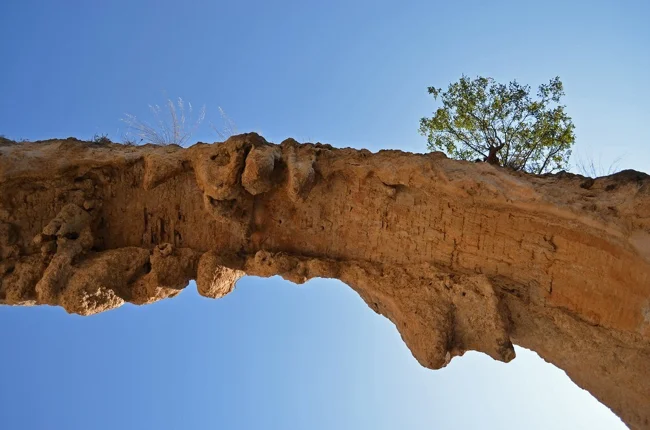The stone tears of Lukus - an ancient aqueduct frozen in time (10 photos)
In the Greek region of Northern Kynouria, in the Peloponnese, where the villa of Herodes Atticus—the wealthiest Athenian aristocrat and Roman senator—once stood, an ancient arched aqueduct bridge spans a narrow gorge. 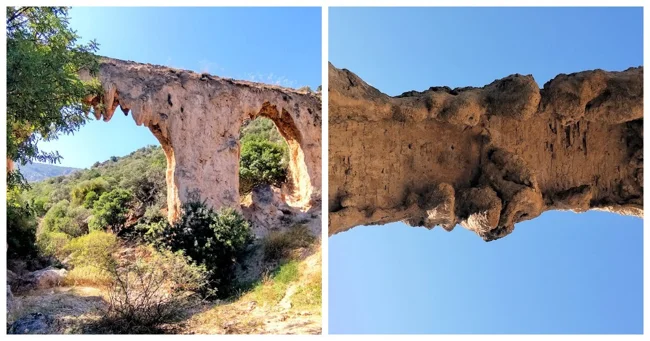
This is not just a structure, but an ancient artery that has carried water for two thousand years from a spring flowing one and a half kilometers to the northwest. 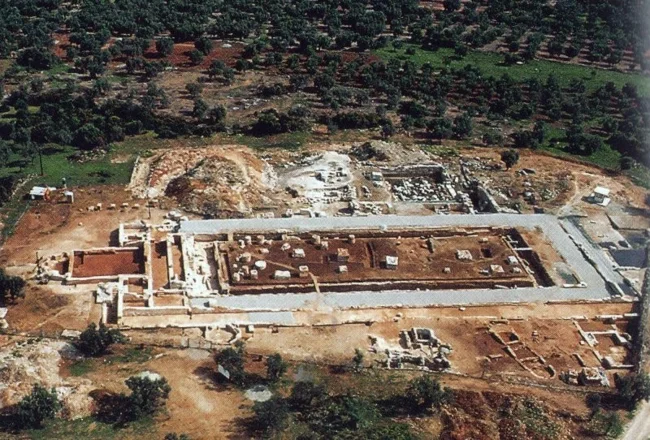
Villa of Herodes Atticus
The water here is saturated with minerals, and over the centuries, its continuous trickles down the walls have created dense limestone deposits. They hang from the stone vaults like stalactites in an underground cave, turning this man-made creation into a wondrous natural phenomenon. 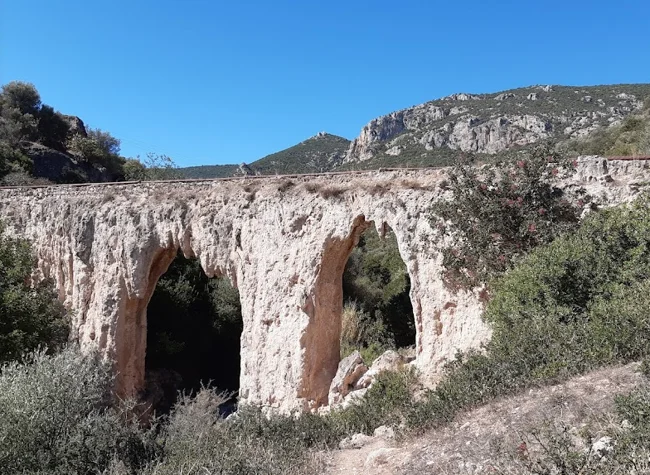
Aqueduct of Lucus
This aqueduct was built in the 2nd century AD, when Greece was under Roman rule. It served as the source of life for the magnificent villa of Herodes Atticus, one of the most influential and wealthy men of his era. 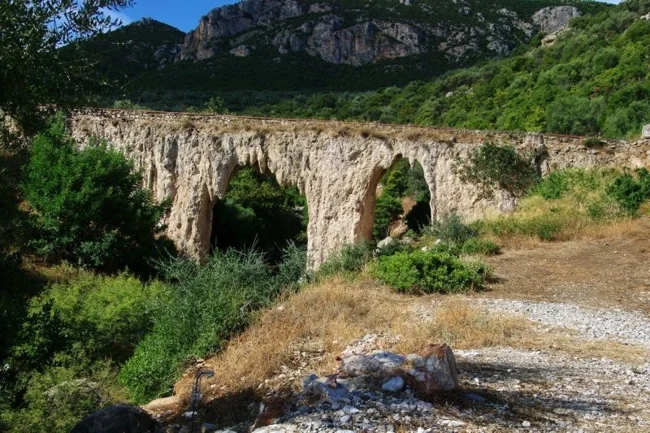
Lucus Aqueduct
The villa itself, now fenced off for excavations, is staggering in its scale: its central complex alone occupied an area of twenty thousand square meters. 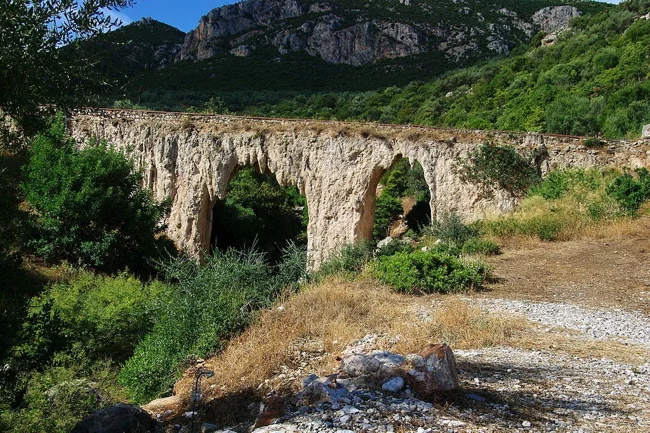
Near the villa and aqueduct, another place of historical and spiritual significance—Lucus Monastery—remains quiet. It is considered one of the most beautiful monasteries in Northern Kynouria. 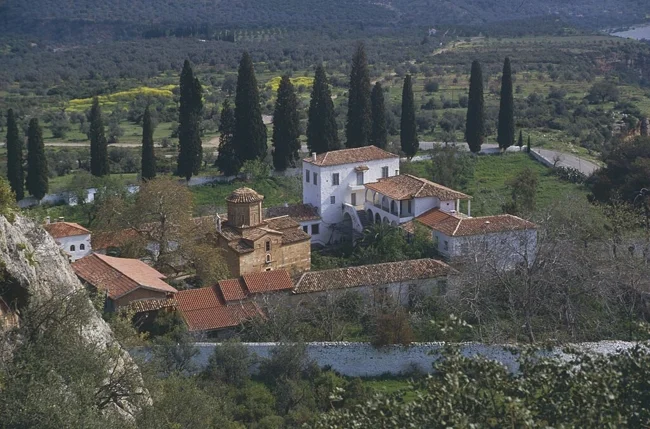
Lukus Monastery
The monastery was built in the 12th century on the ruins of an ancient pagan temple. Today, it is inhabited by nuns who not only maintain life within the holy walls but also engage in icon painting, embroidery, carpet weaving, and farming. 